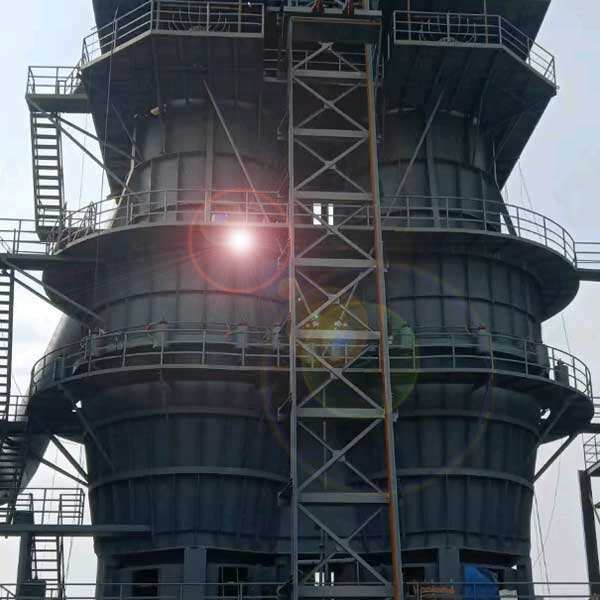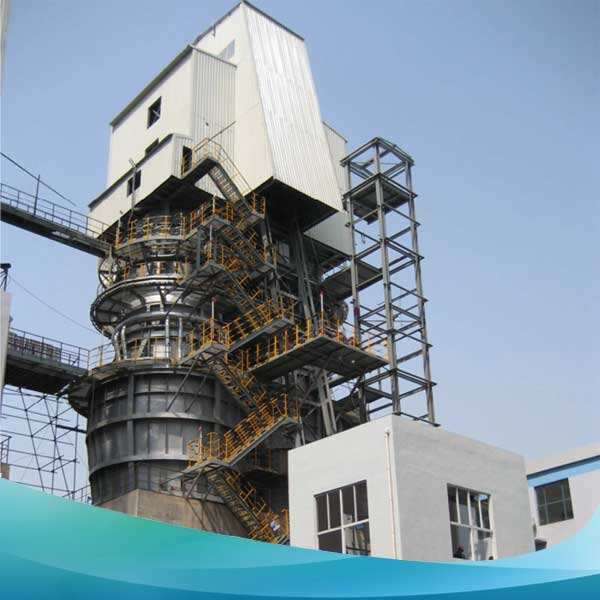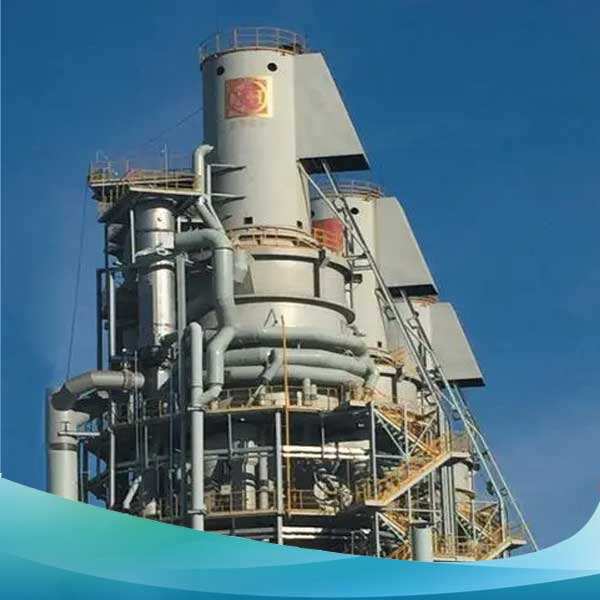A Rotary Kiln: Process of Making Cement This will be a hands-on look at the process involved in making cement and how rotary kilns are used to make it. The rotary kiln is a large mechanical equipment of the whole production line and deeply impacts various industrial fields. Imagine massive, super-hot ovens that can do various incredibly useful makes. While spinning about its axis, these cylindrical machines make use of their motions to transform basic materials into complex components. Industrial rotary kilns can perform a slew of tasks, from drying minerals to processing enormous waste materials, making them incredibly diverse and useful. One of the most important distinctions between modern rotary kilns and older models is that they may make very slight changes to their rotating speed. This means that using variable-speed drives, your kiln combines heat transfer and needs the correct amount of processing time for your materials to finish their thermal treatment. Furthermore, shell cooling systems can further alleviate thermal stress, allowing for a longer life for your equipment, and ultra-efficient combustion systems with dual-firing can reduce emissions. It allows for further operational efficiency optimizations via far more accurate dynamic adjustments based on advanced control systems with real-time monitoring & data analytics
In the present time, rotary kilns have become some of the essential tools helping with sustainable Industrial and manufacturing practices. Modern pollution control devices such as scrubbers and filters are used in these kilns to minimise the bad releases. Furthermore, rotary kilns can be fired using alternative fuels such as waste derived fuel reducing the reliance on fossil fuels and providing an environmentally friendly method of waste disposal. The lime calcination recycling of what could be classed as waste heat, achieved by reducing carbon footprints (probably the total energy) becomes more proactively efficient for these some systems to have re-established functionality at least partially back
Rotary kilns are used by dozens of industries due to their versatility. Significantly they are used in the upgrading of arteries from as low to 1.000 tons/hr up plus use fluidized beds for stone recovery areas In waste management, incinerators are used for the treatment and disposal of hazardous, medical, municipal solid wastes as well... Rotary kilns are used to carry out processes such as pre-conditioning of animal feeds, drying activated carbon and sewage sludge oxidation; they are also used for melting various chemical components in metals processing. The flexibility of rotary kilns is what necessitates their use for so many applications in order to achieve those desired processes
The control of material temperature can be a key aspect to rotary kiln operation, as you may well know from running your dryer controls. Temperature influences both chemical reaction rate (thermal processing) and physical property changes (drying). In cement / calcining and other processes, it is essential to maintain temperatures in order for products to be of better quality. Pensalab has new technologies in thermal profiling associated with intelligent zoning and the placement of heaters that offer steady heat distribution throughout the length reach of kiln. Since it control fuel supply, airflow and heating most then this way has no energy wastage case as with some wrong tenders the temp below 0 to above max of say stainless steel so that there might not be any degradation due high temperatures
The custom-designed rotary kilns play a significant role in the right processing of materials. All of these solutions are designed by considering the feed material properties and proper production capacity. One offering modular construction for easy installation and upgrade, along with correct equipment specification that ensures long lasting results in the harshest of process conditions Having the functionality that a type of customization offers is almost certainly worth the added management fee because it not only allows further automation, but also will save you on maintenance costs with such low operation fees - an undeniable profit to achieving favorable ROI
So, in the end, it is demonstrated that rotary kilns are what meets a series of demands from industry and environmental protection. Since they can service wide-ranging industrial applications and customers who require hot temperature control, along with material treating functions that deliver an uncompromising level of performance their value will provide for a long time into the rapidly evolving era of advanced technology in industry. As industries move further towards sustainability, this will maintain rotary kilns as the most advanced technology for providing a greener future.
Providing value to many different operation and design methods, these have 'modernized the heart of any older rotary kiln' in terms of its process or product focus. Variable-speed drives - provide greater control over the rotational speed of drum and have fine adjustment that maximizes heat transfer time residence. Cooling systems in shell helps to reduce a thermal stress and service life of equipment. Newer kilns similarly have state-of the art combustion systems for optimal energy supply and can, about five to eight times a year, change up their primary fuel mix so that emissions plummet. Live monitoring real-time with data analytics ensure that undivided attention is paid to every element of the setup locking down operations for accurate process management and making adjustments as soon variables change keeping conditions at its premiere peak state.

In the evolved nature of rotary kiln in contemporary life, it seeks not as much a matter of possibilities but more an inevitable shift after sustainability which gave rise to versions thereof. Emission of harmful particles and gases from these technologies are significantly reduced by equipping the systems with modern lime manufacturing pollution control measures like scrubbers and filters. Also, another recurring solution to decrease the dependence from fossil fuel is its ability do run with alternative fuels - even those that have waste as a feedstock - which turns it into an appropriate way for dealing with garbage. Further energy use can be saved through heat recovery systems which capture waste heat from a system and re-direct it back to the process, thereby reducing overall carbon footprint together with an energy saving.

Like mentioned earlier, the best thing about rotary kilns is that they can be used in multiple industries and applications. They form an integral part of the mining process in a small to large scale Mining market on site separation steps count essential iron shafts. In the context of waste management, they are required to safely treat hazardous (incineration/combustion), medical (autoclave or microwaving) and municipal solid waste. In the food and agriculture industry, a lime rotary kiln may be employed for processing products such as animal feedstuffs or fertiliser; while the chemical sector uses them to carry out any of a number of reactions. The host of functions the rotary kiln serves makes it an essential component in any number of industrial processing applications.

The control of the temperature field in rotary kiln can well meet these two requirements, and it is directly related to chemical change as a result physical characteristics. Process variable control is also critical since temperature base properties are achieved during the production of most goods like cement, clinker and calcined materials Consistent heat flow is obtained from one end of the kiln to other with specific zoning and positioning o heading elements using detailed thermal profiling utilising state of art technologies. On the belt, there is automatic temperature control with low energy consumption because overheating can occur during treatment and fuel supply or air flow proportioned while real-time adjusted (by a feedback controlled blower), as well as direct heating of an optionally indirect heat to prevent degradation.
more than 20 years, are committed to development, research the rotary kilninstallation of the lime-kiln. is full-automatic with the lowest cost investment. lime kiln has an extended life span we are able to be relied upon due to excellent service high-quality lime mill.
company has mainly undertaken program engineering, design, equipment installing commissioning ovens, furnaces production reaching in an energy-efficient ecological lime shaft Kiln. company has built activated kilns in various sizes, including 150m3, 170m3,200m3,250m3,350m3,500m3,etc. kilns were opened successfully and produced a stunning effect! Utilizing latest technology of the coke lime shaft kiln, gas-burning lime shaft kiln has been the rotary kiln, and designs contracts have been signed with numerous companies.
long time, AGICO has had a professional technical team, mature production technology, rich production experience, forming a complete set of shaft kiln production technology management systems, making energy-saving and environmental-protective lime shaft the rotary kilntechnology perfect. This technology has low cost of investment, high quality of automation, superior product quality. also low energy usage as well as an extended furnace life. It has been widely used in metallurgy non-ferrous chemical industries, metals, building materials, as well as other sectors, such as deep processing, etc.
AGICO a highly the rotary kilntechnical team, which specializes in EPC turnkey projects, which include manufacturing, design installation, debugging maintenance, other services. provide comprehensive pre-sales, after-sales and after-sales service system, providing technical support needed meet requirements customers.